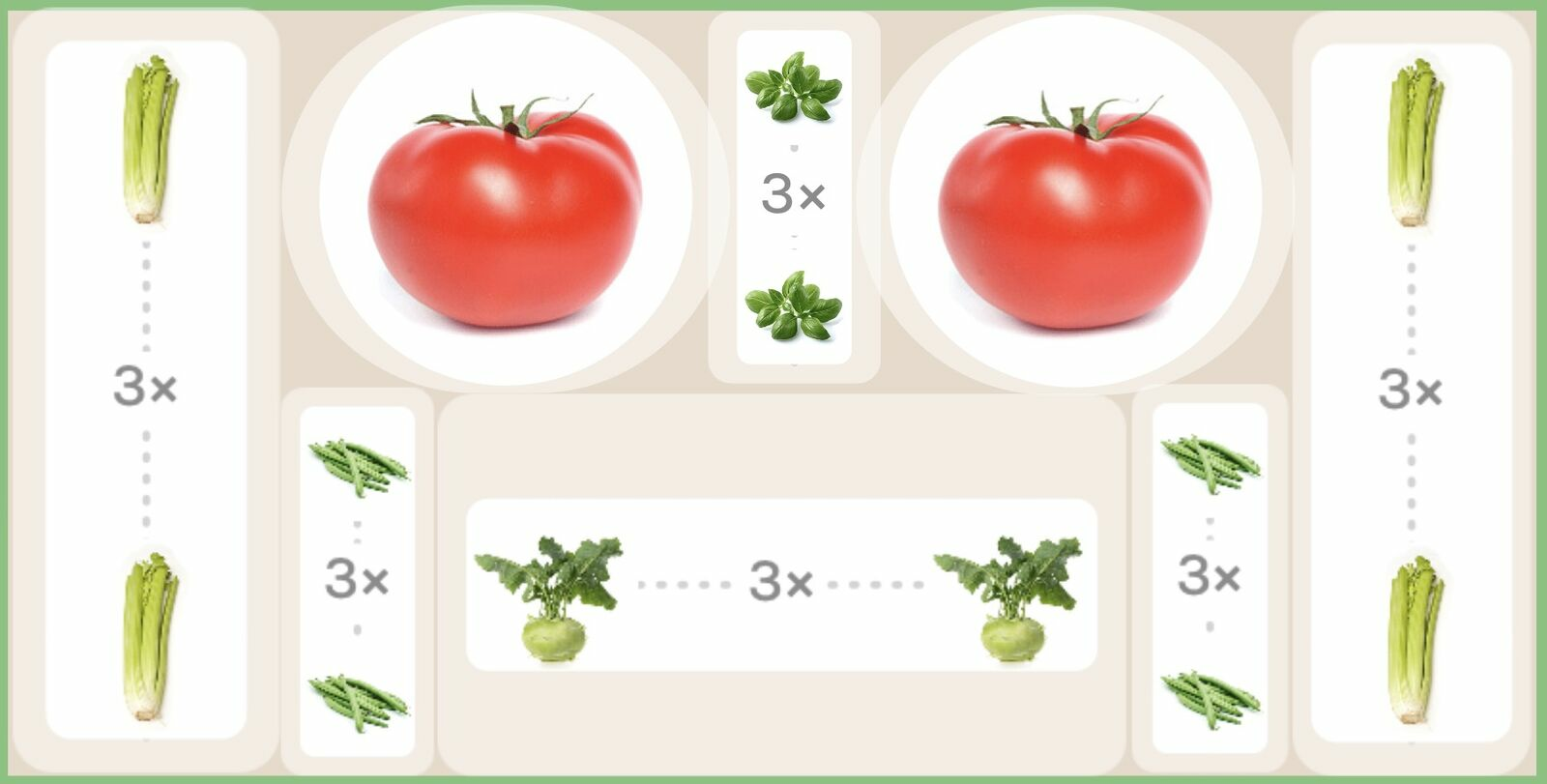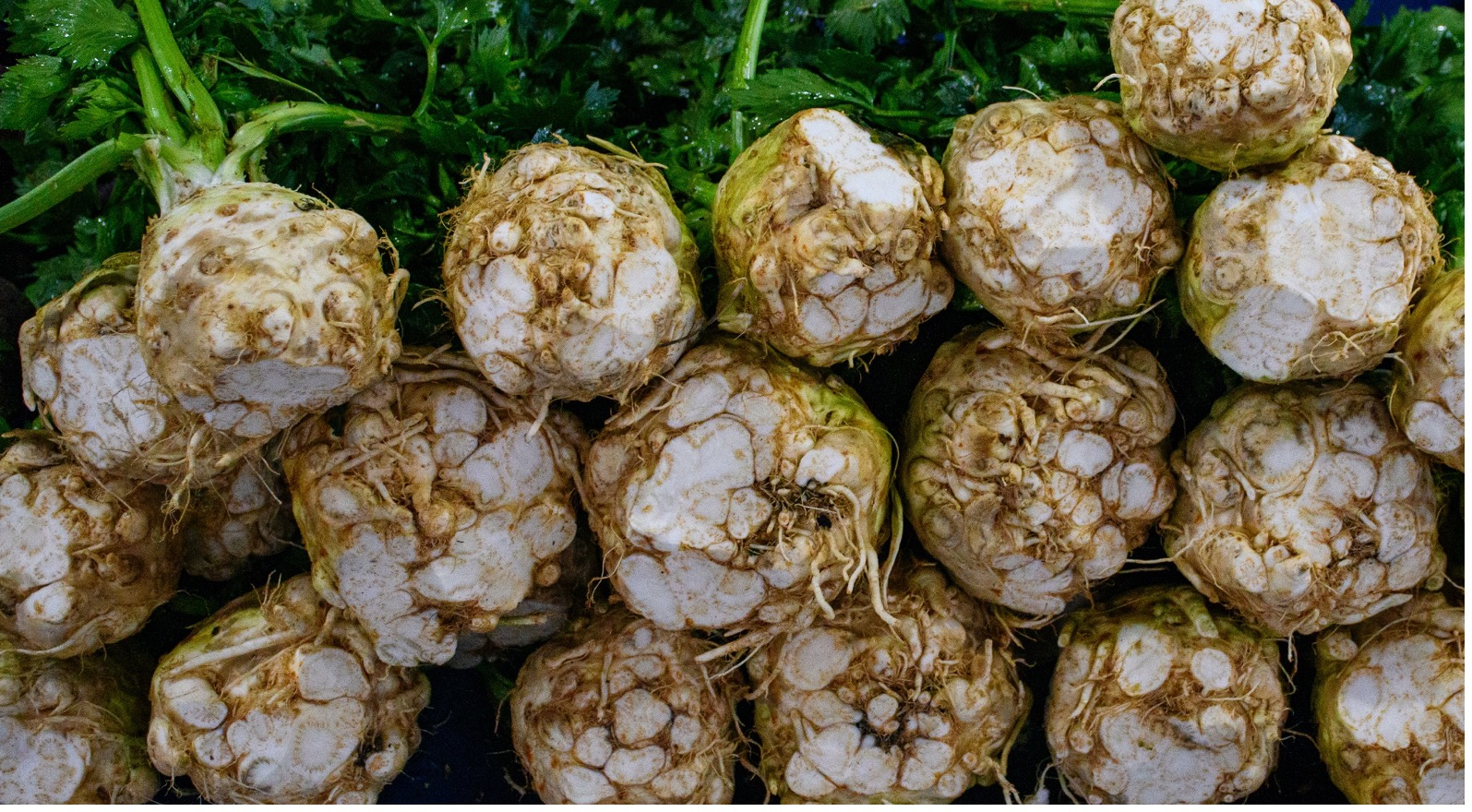Celery in companion planting: companion & antagonistic plants
Celery in companion planting: location & soil
Celery belongs to the umbellifer family (Apiaceae) and prefers nutrient-rich, loose, slightly loamy soil. A sunny to semi-shady spot is ideal for celery. Celery is a heavy feeder. Celery also likes soil with a neutral pH value of approx. 6.5-7.5.
Good neighbors for celery

Plants with the same soil and location requirements include other heavy eaters such as cabbage, tomatoes and leeks. Herbs such as oregano and chives also go well with celery. Raspberries, gooseberries and elderberries can also be planted next to celery. Beans, cucumbers and spinach are other good neighbors.
Good neighbors for tomatoes: celery plants
Tomatoes and celery grow well together. They have similar soil and nutrient requirements, are not affected by the same diseases and complement each other in their growth habits. However, you should make sure that the soil is well supplied with nutrients, as both plants are heavy feeders.
Plant cabbage next to celery

Celery is particularly suitable for cabbage plants as a neighbor, as its intense smell keeps the cabbage white butterfly away from your cabbage plants. It can also help your cabbage plants to be spared from earth fleas, coal owls and cabbage flies. At the same time, a mixed culture with cabbage protects celery itself better against celery rust and the celery fly.
Celery: bad neighbors
Bad neighbors for celery are potatoes, corn and lettuce. As potatoes also form their tubers underground, they interfere with the roots and tubers of celery and restrict each other's growth. Artichokes, chilies, lovage, turnips, peppers, parsley, Jerusalem artichokes and root parsley are also not good neighbors for celery.
Crop rotation & crop rotation

Green manure (e.g. buckwheat) is an excellent way of enriching the soil with nutrients before and after planting. To prevent diseases and pests, it is important to keep a sufficient distance between the plants when growing and in mixed cultivation. In addition, you should not grow celery in the same place for several years in a row (cultivation break of 3-4 years), but alternate the bed.
Growing celery in a raised bed: Planting plan ideas

Celery is often grown together with tomatoes, cabbages and beans. Below you will find an example planting plan for a 1 m x 2 m raised bed. As there is less space in the raised bed than in a large bed, less space-consuming species and varieties such as celery (Tall Utah 52/70), kohlrabi (Azurstar) and pole tomatoes (Moneymaker) have been selected. Basil (Italian Star) and bush beans (Primavera) are also still in the bed.


